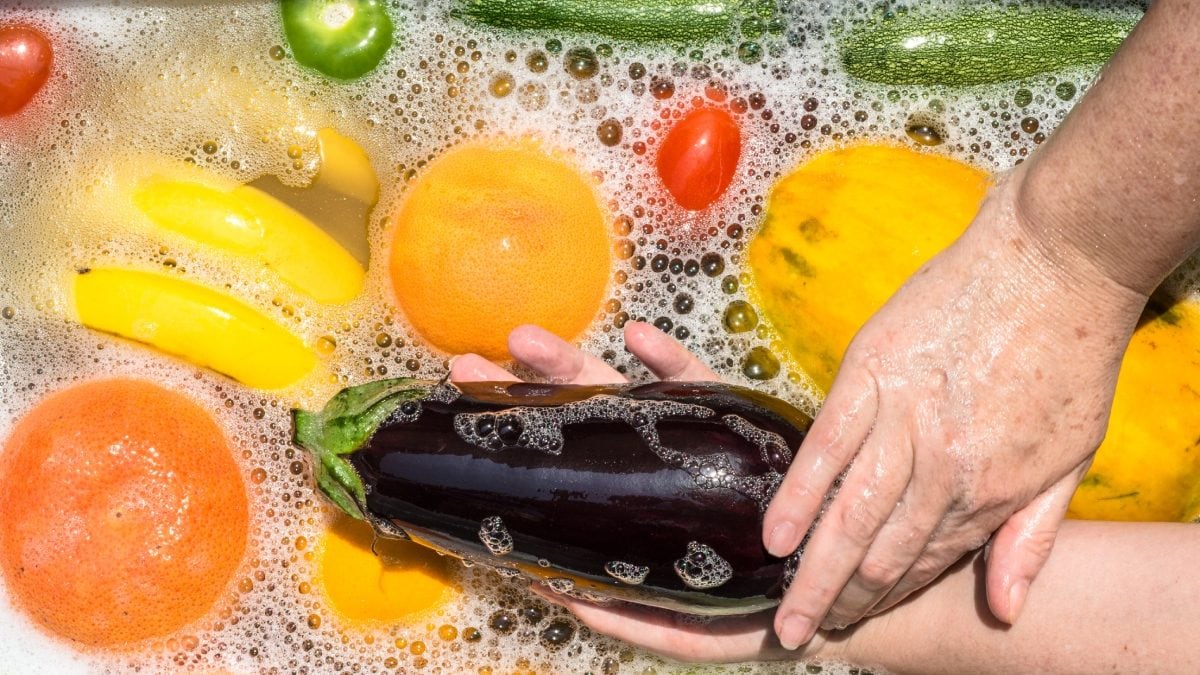Published By: Nibandh Vinod
Last Updated: June 07, 2023, 07:30 IST
World Food Safety Day aims to raise awareness about the importance of food safety. (Image: Shutterstock)
World Food Safety Day 2023: The primary goal of the day is to emphasise the need for safe food practices throughout the entire food chain, from production to consumption
WORLD FOOD SAFETY DAY 2023: World Food Safety Day is observed annually on June 7 to raise awareness about the importance of food safety and promote actions to detect and prevent foodborne risks. It was established by the United Nations General Assembly in 2018 and is jointly organized by the Food and Agriculture Organization (FAO) and the World Health Organization (WHO).
ALSO READ: World Food Safety Day 2023: Theme, History and Significance
The primary goal of World Food Safety Day is to emphasise the need for safe food practices throughout the entire food chain, from production to consumption. It aims to inspire governments, businesses, and individuals to take action, ensuring the safety and quality of the food we eat.
World Food Safety Day 2023: Tips to ensure food safety at home
- Cleanliness and Hand Hygiene
Start by maintaining a clean and hygienic kitchen environment. Wash your hands thoroughly with soap and water before handling food, especially after using the restroom, handling raw meat or poultry, or touching any potentially contaminated surfaces. - Separate Raw and Cooked Foods
Prevent cross-contamination by keeping raw and cooked foods separate. Use separate cutting boards, utensils, and plates for raw and cooked items. Make sure to store raw meats, poultry, and seafood in leak-proof containers to prevent their juices from coming into contact with other foods. - Proper Cooking Temperatures
Cook food thoroughly to kill any harmful bacteria. Use a food thermometer to ensure that meats, poultry, seafood, and other potentially hazardous foods reach the appropriate internal temperatures. Follow recommended temperature guidelines to avoid undercooking or overcooking. - Safe Food Storage
Properly store perishable foods to maintain their freshness and prevent the growth of harmful bacteria. Keep refrigerated foods at or below 40°F (4°C) and frozen foods at or below 0°F (-18°C). Pay attention to food expiration dates and practice the “first in, first out” rule to use older items before newer ones. - Safe Thawing Practices
Thaw frozen foods safely to prevent bacterial growth. Thaw foods in the refrigerator, under cold running water, or in the microwave using the defrost setting. Avoid thawing foods at room temperature, as it allows bacteria to multiply rapidly. - Smart Leftover Handling
Handle leftovers with care to avoid foodborne illnesses. Refrigerate or freeze leftovers promptly after a meal and consume them within a few days. Reheat leftovers thoroughly to a steaming hot temperature, ensuring all parts reach at least 165°F (74°C) to kill any bacteria that may have developed. - Regular Cleaning and Maintenance
Maintain a clean kitchen by regularly cleaning countertops, cutting boards, utensils, and appliances. Pay attention to areas prone to bacteria buildup, such as sponges and dishcloths. Replace them frequently or sanitise them properly.



